On November 22, at the hometown of the great poet Nguyen Du (Nghi Xuan - Ha Tinh), the Department of Culture, Sports and Tourism of Ha Tinh and the Fund for Preservation and Promotion of the Heritage Values of Nguyen Du and Truyen Kieu organized a Scientific Seminar on the Translation of "Truyen Kieu", attracting the participation of poets, translators, international scholars, researchers and those interested in the translation of this literary masterpiece.
Challenges of translating Kieu
“The Tale of Kieu” is a literary masterpiece of the great poet Nguyen Du, written in Nom script, in the six-eight meter, consisting of 3,254 six-eight verses (6-8). For nearly 160 years, since the first Nom printed version, 150 years of the national language transcription, the first translation into French by Professor Abel des Michels printed in Paris in 1884, until now, “The Tale of Kieu” has been translated into 20 languages with 107 different translations, of which English, French, Chinese, Japanese, Korean are the most... Each translation has opened the door to spread The Tale of Kieu to international readers.

Literary translation is an extremely difficult task, and it is even more challenging in the age of artificial intelligence. The musical 6-8 meter verse form, the dense system of allusions, profound philosophy and monosyllabic language of Vietnamese make translation even more difficult.

Translator Vu The Khoi shared: His translation of the Tale of Kieu into Russian (published in 2016), although converting the 6-8 six-eight verse into free verse, he still tried to preserve the soul, musicality and sophistication of Kieu, while at the same time fully explaining the allusions and allusions so that ordinary readers - his target audience - could easily access it.
Associate Professor Dr. Bien Minh Dien (Vinh University) emphasized that: Translating poetry is "creativity under control", because converting from a monosyllabic language to a polysyllabic language is difficult, translating poetry is even more difficult.
Researcher Tran Dinh Tuan (Kieu Studies Association) said: Kieu language has a specific cultural code expressed by numbers and section structure, requiring a standard section annotation system to avoid misunderstandings during the translation process.
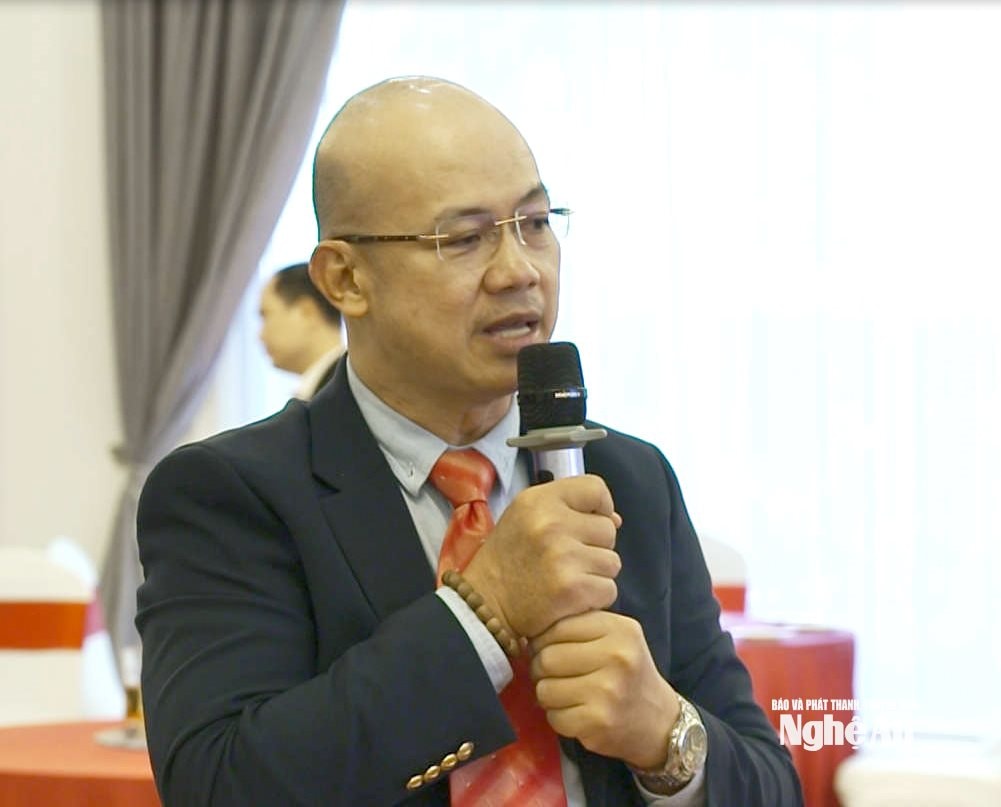
Mr. Tran Huu Tai, who owns the largest collection of Kieu editions, is concerned about the lack of a “Law of Translation”, leading to a lack of unified standards in the requirements for translating the six-eight verse form correctly. According to him, it is necessary to emphasize translating “from verse to verse” so that international readers understand that they are approaching the traditional Vietnamese verse form.
“The Soul of Kieu”: Expecting a translation that is true to the Vietnamese spirit
At the seminar, the group of international poets, translators and scholars announced a new translation project of Truyen Kieu titled “The Soul of Kieu”, instead of the traditional “The Tale of Kieu”, with the desire to not only convey the Vietnamese meaning into English, but also recreate the soul, musicality and cultural context of the original work.

The project consists of 4 members, of which 3 are direct translators: Poet - Translator Nguyen Do; Writer - Professor John Stauffer, former Acting Dean of English, Harvard University; Poet - Professor Paul Hoover, Dean of Creative Writing, University of San Francisco.
Poet and translator Nguyen Do said: The project has been implemented since March this year, has been 60-70% completed so far, and is expected to be completed in two years. Poet Nguyen Do translated the first version, then sent it to poet Paul Hoover and Professor John Stauffer to read, and then discussed difficult-to-translate verses such as: "Even though we have left our gazes, our hearts are still entangled", or verses with hidden subjects that are required in English such as "Going through a sea of vicissitudes", or inverted sentences "Now the sunset has arrived, tomorrow the sunset will come again" ...

Professor and poet Paul Hoover shared: Although the English version may be longer than the 6-8 six-eight verses, it is essential to preserve the artistry, linguistic beauty and cultural value of Truyen Kieu, so that international readers can not only approach “Kieu’s pain” but also sympathize with the human fate – the fate of life in the masterpiece. Professor John Stauffer affirmed: The greatest strength of Truyen Kieu is that it makes readers “finish reading – look back at themselves – sympathize – share – then come back and read from the beginning”. That is the journey of a great work. And it is this aspect of Truyen Kieu that attracts him. With this project, he hopes to preserve that rhythm, musicality and humanistic value.
Prof. Dr. Tran Nho Thin (Hanoi National University) emphasized that: The discussion has re-opened a very important issue: Translation is not only a matter of translating, but also one of the most effective ways to promote Vietnamese culture to the world . He expressed his hope that the new translation of "The Soul of Kieu" will be both beautiful in meaning, resonant like poetry and able to touch the emotions of each reader, so that "The Tale of Kieu" can continue its journey of spreading in a worthy way in global spiritual life./.
Source: https://baonghean.vn/dich-truyen-kieu-di-tim-ve-dep-ngon-tu-va-tinh-than-viet-10312247.html





![[Photo] Prime Minister concludes trip to attend G20 Summit in South Africa](/_next/image?url=https%3A%2F%2Fvphoto.vietnam.vn%2Fthumb%2F1200x675%2Fvietnam%2Fresource%2FIMAGE%2F2025%2F11%2F24%2F1763944494358_vna-potal-thu-tuong-ket-thuc-chuyen-tham-du-hoi-nghi-thuong-dinh-g20-tai-nam-phi-8428321-4810-jpg.webp&w=3840&q=75)









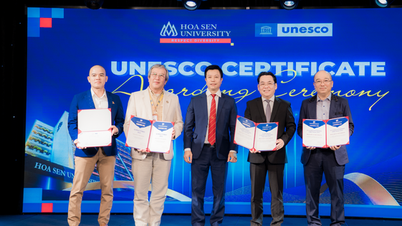



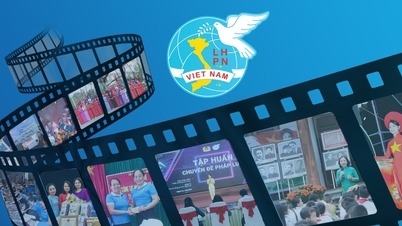















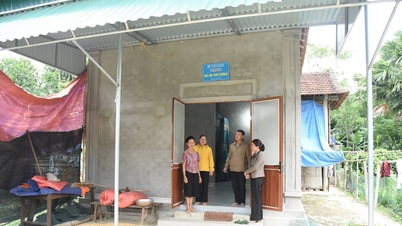


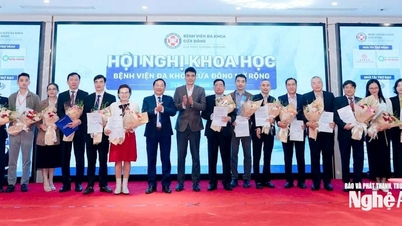







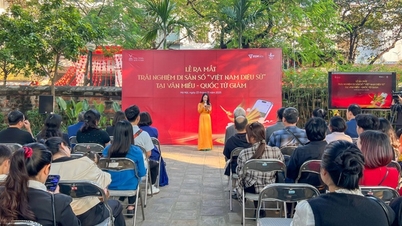

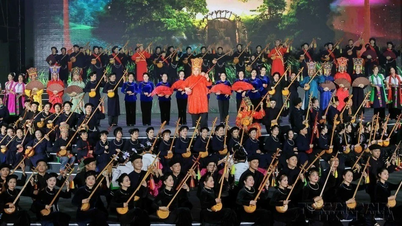






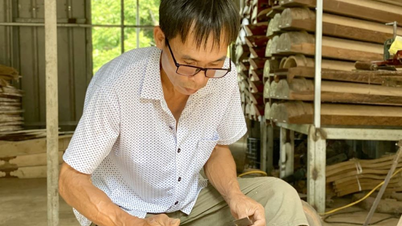

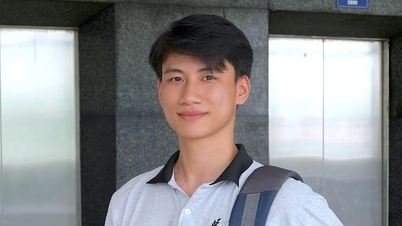




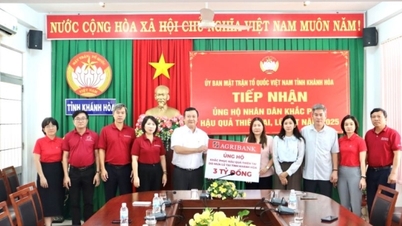






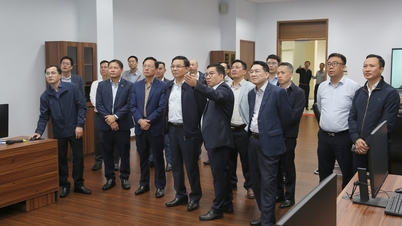

















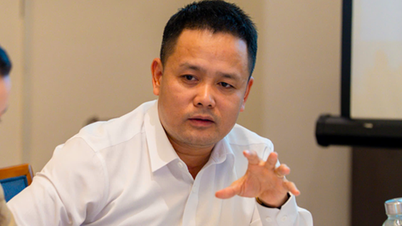




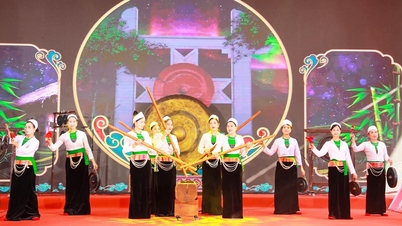















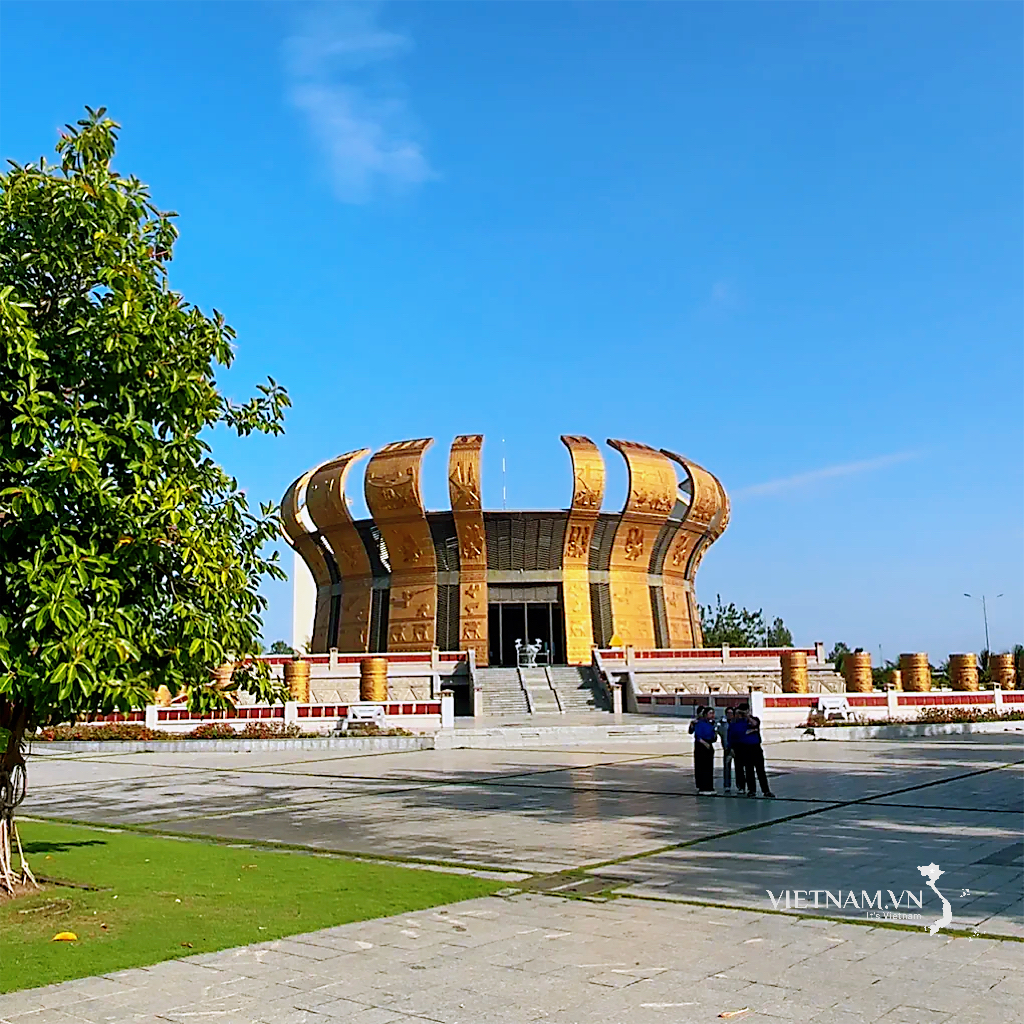

Comment (0)